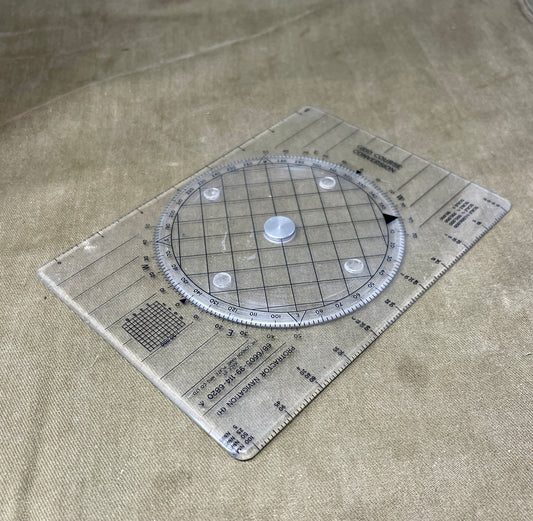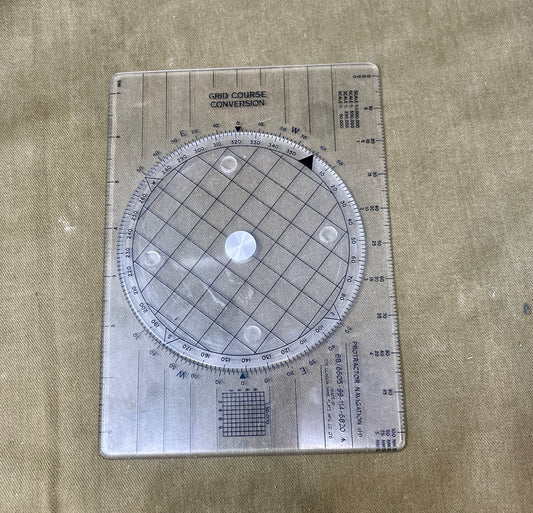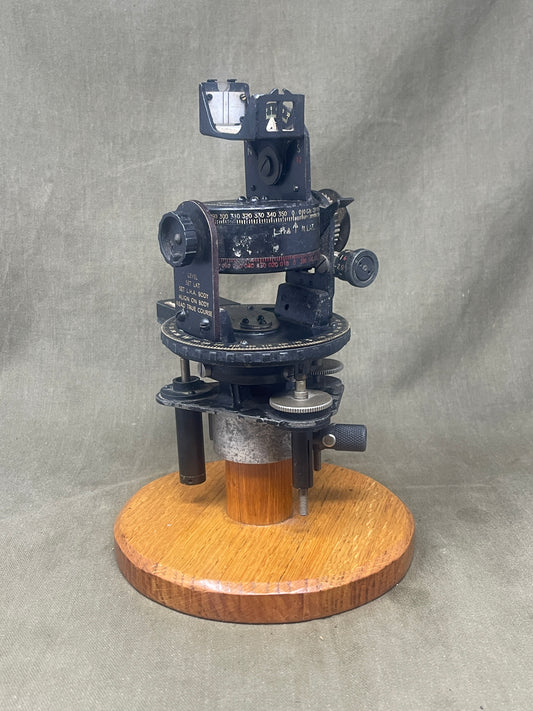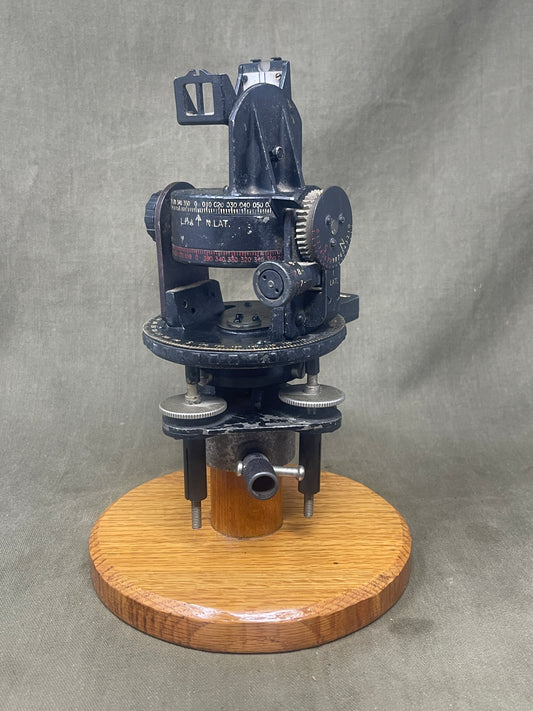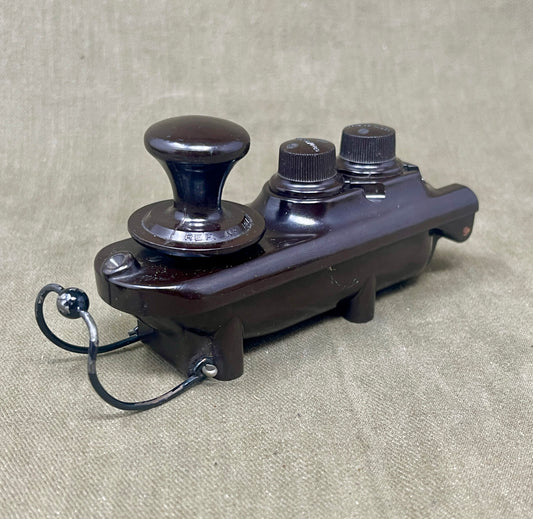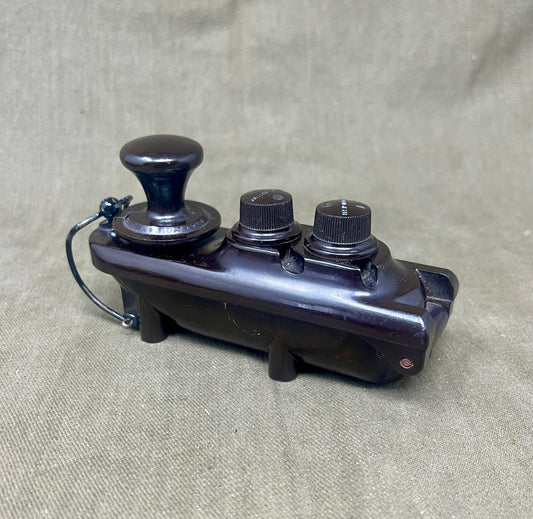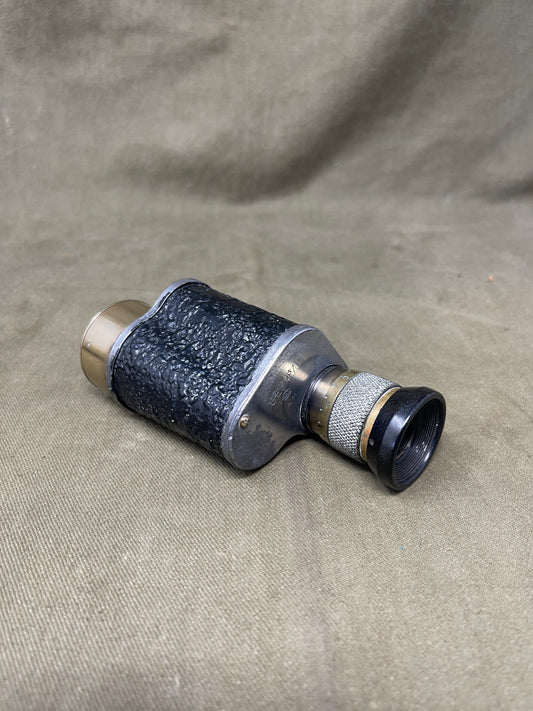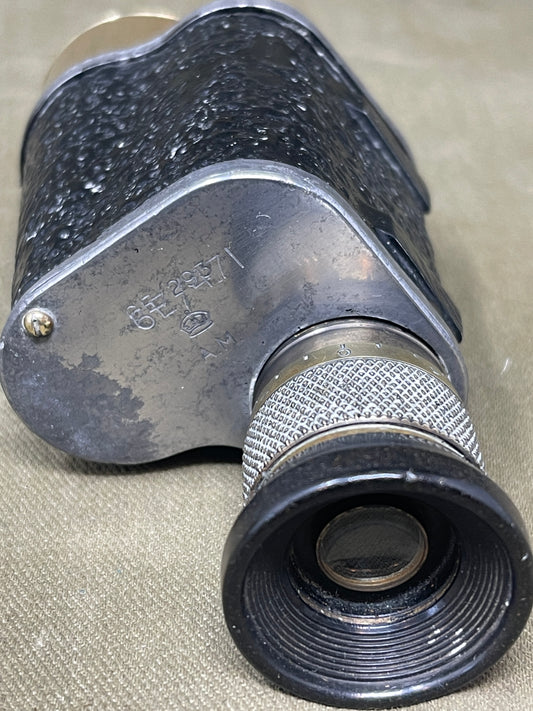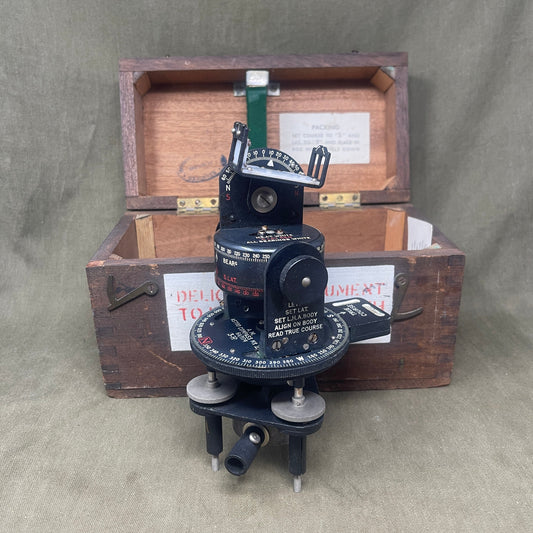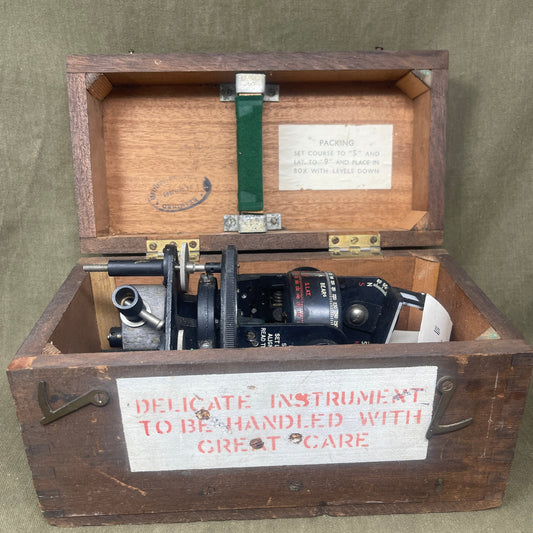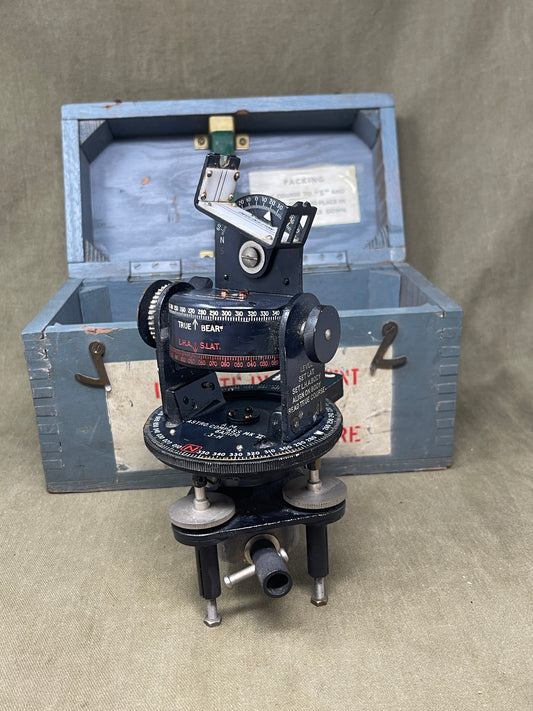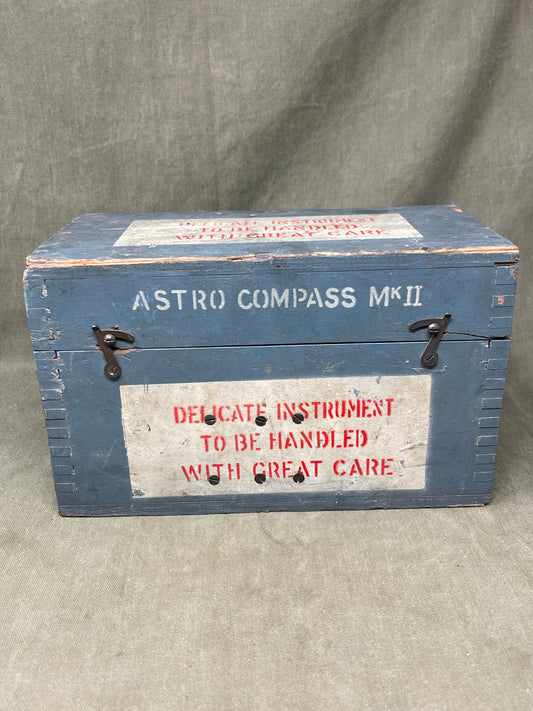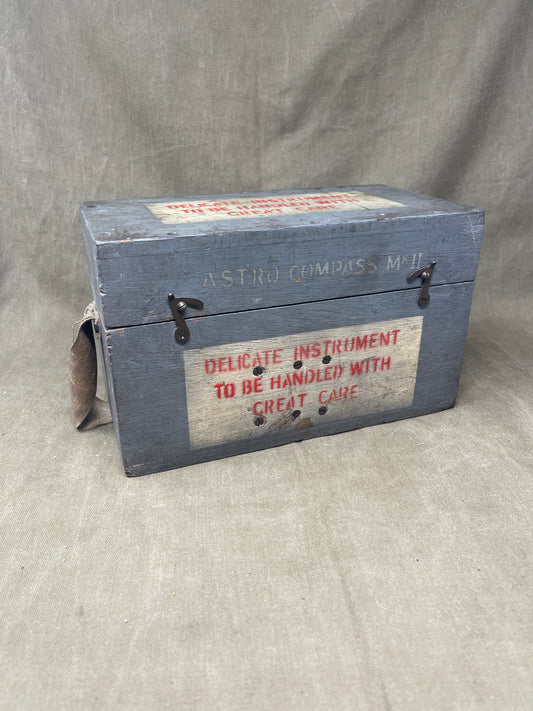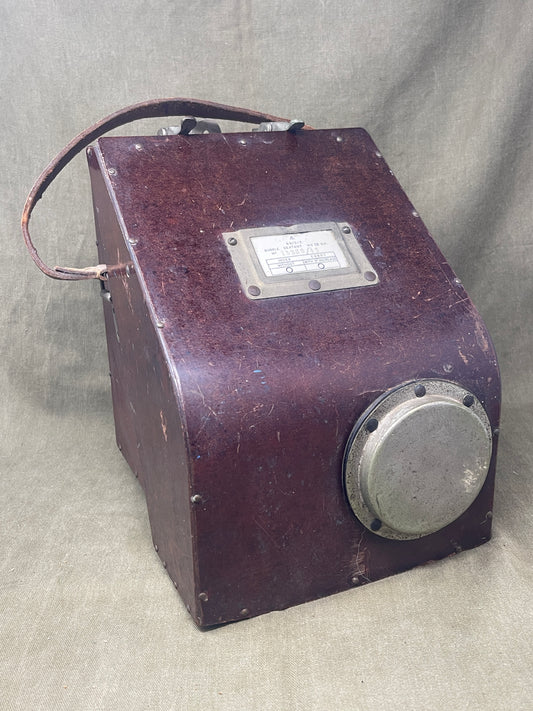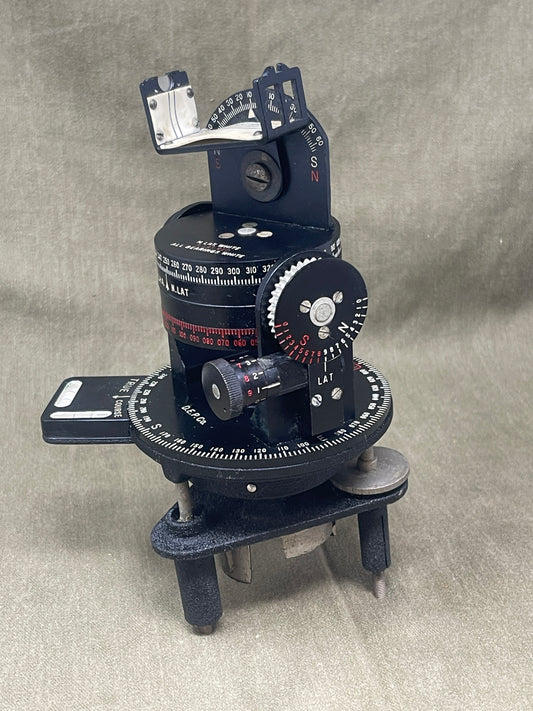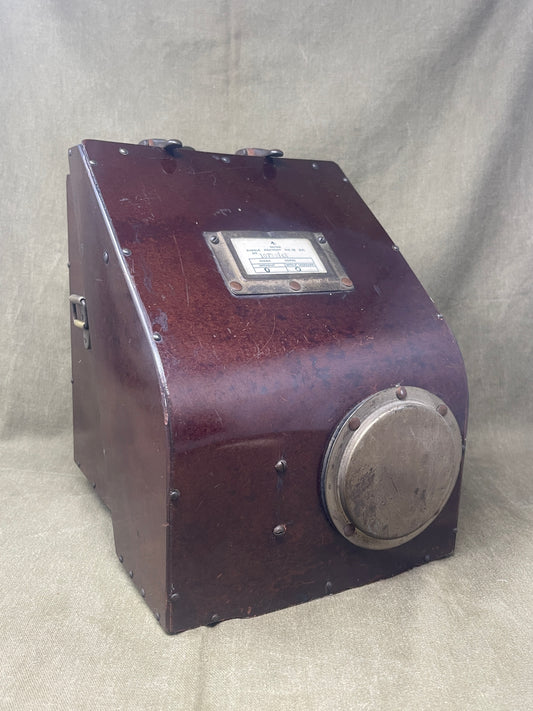Collection: RAF Navagational Instruments
Royal Air Force (RAF) navigational instruments were critical tools employed by aircrews for accurate and safe navigation during flight operations. These instruments were designed to provide essential information about the aircraft's position, heading, altitude, and route, enabling pilots and navigators to reach their destinations effectively.
Among the RAF's navigational instruments were devices such as:
-
Compasses: Including magnetic compasses and gyroscopic compasses, which provided heading information relative to magnetic north or true north, respectively.
-
Astro Navigational Instruments: Such as the Astro Compass Mk II, used for celestial navigation by measuring the angles between celestial bodies and the horizon.
-
Radio Navigational Aids: Including radio direction finders, radio beacons, and later, more advanced systems like VOR (VHF Omnidirectional Range) and ADF (Automatic Direction Finder), which provided guidance based on radio signals.
-
Inertial Navigation Systems (INS): Used in more modern aircraft, INS systems calculated position and velocity based on initial conditions and inputs from accelerometers and gyroscopes.
These instruments were often complemented by maps, charts, and flight computers, forming a comprehensive navigational toolkit for RAF aircrews. They played a crucial role in guiding aircraft safely to their destinations, particularly during adverse weather conditions or when flying over unfamiliar terrain or enemy territory. Overall, RAF navigational instruments were indispensable assets in ensuring the success of RAF missions during various operations and conflicts.

